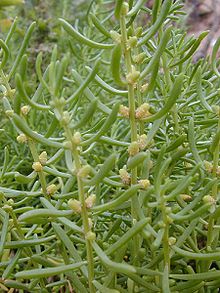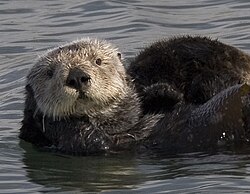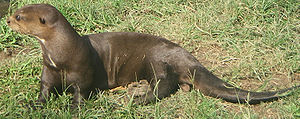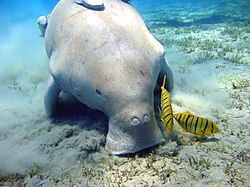Camouflage- Small fish are common pray in the estuaries. In order to not be eaten, some fish have avoided being meals by the use of camouflage. This rock goby, (Gobius paganellus) has the advantage of its skin being similar color to the rocks in shallow water, making it less detectable by the eye of predators. 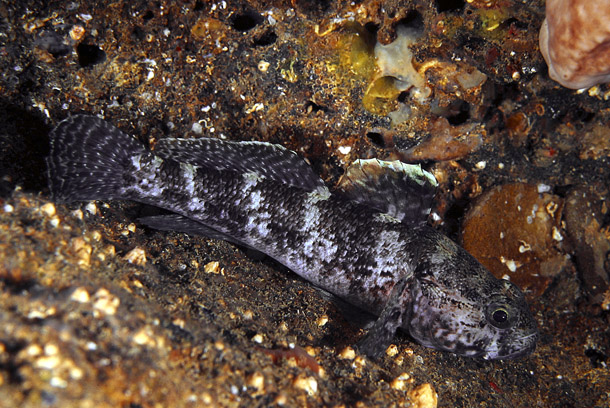
Mimicry- Some animals may use mimicry to avoid being eaten, or to drag in pray. mimic octopus are a type of octopus that use there tentacles to mimic the actions of another animal, tricking their opponent. It is common for a mimic octopus to mimic a banded sea snake to scare off a damselfish, which is a predator of the octopus.


Mimicry- Some animals may use mimicry to avoid being eaten, or to drag in pray. mimic octopus are a type of octopus that use there tentacles to mimic the actions of another animal, tricking their opponent. It is common for a mimic octopus to mimic a banded sea snake to scare off a damselfish, which is a predator of the octopus.















 Spartina
Spartina Rhizophora mangle
Rhizophora mangle